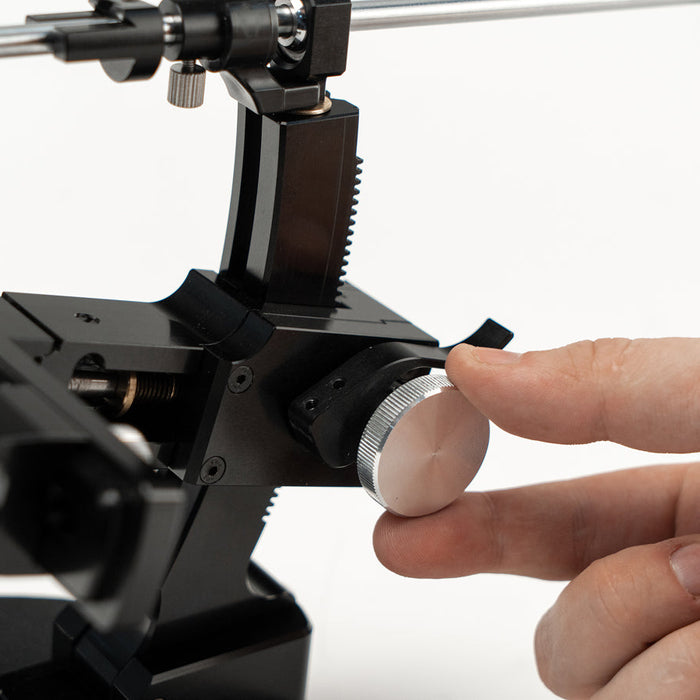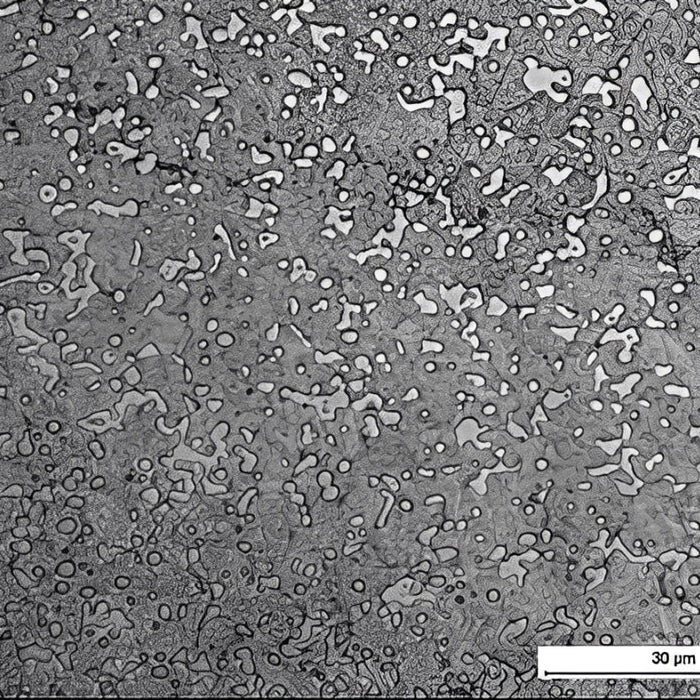The sharpening history of mankind goes back to the distant past and is directly related to the history of metal and alloy processing. Around the fifth millennium BC, people began to process metals using meteorite iron as a raw material. The melt of steel in crude furnaces has been actively carried out since the XII century BC in certain regions of India, the Caucasus, and modern Turkey. And already in the first millennium BC, forged iron began to be produced. As to how exactly the sharpening of knives, swords, and tools took place in that era, history is silent. But it is obvious that the knives were sharpened with natural sharpening stones, often with the use of additional powders, to speed up the process. The first abrasives were siliceous shales, sandstones, and various types of jasper. Already in ancient Greek sources, the use of "Cretan stone" for sharpening is mentioned, olive oil was used as a coolant.

But manual sharpening did not provide high productivity and required a large number of well-trained sharpeners. This was not economically profitable and pushed the craftsmen to create the first, most primitive grinding machines. The role of abrasives in them was played by grinding wheels. They were cut from various types of stone, but the main ones of course were sandstones and emery stone.

The first sharpening machine was a grinding wheel on a metal rod with a handle. The handle was rotated by the sharpener's assistant, and the sharpener himself at this time brought the tool to be sharpened to the rotating circle. It was possible to work at such a machine without a break for a short time, as the assistant sharpener quickly got tired. Nevertheless, the productivity of labor was already significantly increased compared to manual sharpening on a flat stone. In addition to knives, the machine with a rotating lever was also used for tools. This is probably the longest-lived device of this kind, such machines were produced in many countries around the world until the end of the XX century.

The next step was to use the simplest foot drive. The so-called "crank drive". It allowed you to rotate the grinding wheel by moving the sharpener's foot on a special pedal made in the lower part of the machine. It was later converted to a foot pedal system. This primitive system became the main one for sharpening household knives and tools and was actively used during the last millennium of world history until the advent of the electric drive at the end of the XIX century. It was these machines that sharpeners walked the streets of European, American, and Chinese cities with. The main abrasives used in such machines in Europe were emery stone. Sandstones, such as Bentheim stone, were also used. Various organic oils or just water were used as coolants.





For industrial sharpening, so-called "group drive grinding machines" were used. At the same time, the energy sources for the operation of the machines were very different and changed over time. Since about the 18th century in Europe, water-driven group machines have been used on an industrial scale. The abrasive was driven by a water turbine operating on the principle of mill turbines. On these machines, the grinders worked lying down. The grinding wheels were not removed until they were completely worn out.

The next step in the grinding machine industry was the ceiling drive grinding machines. The steam engine powered several machines thanks to a transmission system. The intermediate ceiling shaft passed through the entire workshop and the load was removed from it by a belt for processing. During this period the first machine with a polishing tape appeared (at the moment converted into a grinder).

The twentieth century was a time of transition to electric sharpening devices. Due to the reduction in their size and availability for small workshops, such machines began to be manufactured by a large number of different manufacturers. There were combined machines, machines for sharpening drills, saws, cutters, etc. The device with a motor and a rotating grinding wheel became the most widely used for knives. On its basis, modern electric sharpeners are still being created.

It is noteworthy that the entire grinding industry for many centuries worked primarily on the development of machine tools and sharpening devices for sharpening tools. For knives, a grinding wheel was mainly used, first with a hand and foot, and then with an electric drive. This is primarily due to the quality of the knives, which were made from inexpensive steels and the level of their sharpening was not important for the consumer. For the most expensive knives, experienced sharpeners used whetstones for manual sharpening. And only in the last thirty years the situation has changed. Knives began to be produced from expensive, premium steels and at the same time became available to the mass consumer. The need for high-quality sharpening has increased. And there was a question of choosing between an electric device that creates noise and discomfort in urban apartments and a manual sharpener with high accuracy. With the advent of the first devices that allow you to maintain the angle with the abrasive holder, the quality of holding the sharpening angles has increased significantly. And the appearance of machines with a rotary mechanism without resetting the knife, allowed to maximize the accuracy of holding the angle on both sides of the blade. Sharpening devices such as TSPROF machines have made it possible to use a wide variety of abrasives and sharpen a wide range of knives and tools. The consumer received a relatively quiet, compact, but at the same time productive machine that covers most tasks for home sharpening of knives and tools. And professionals got an alternative to fast, but less accurate electric machines.


















